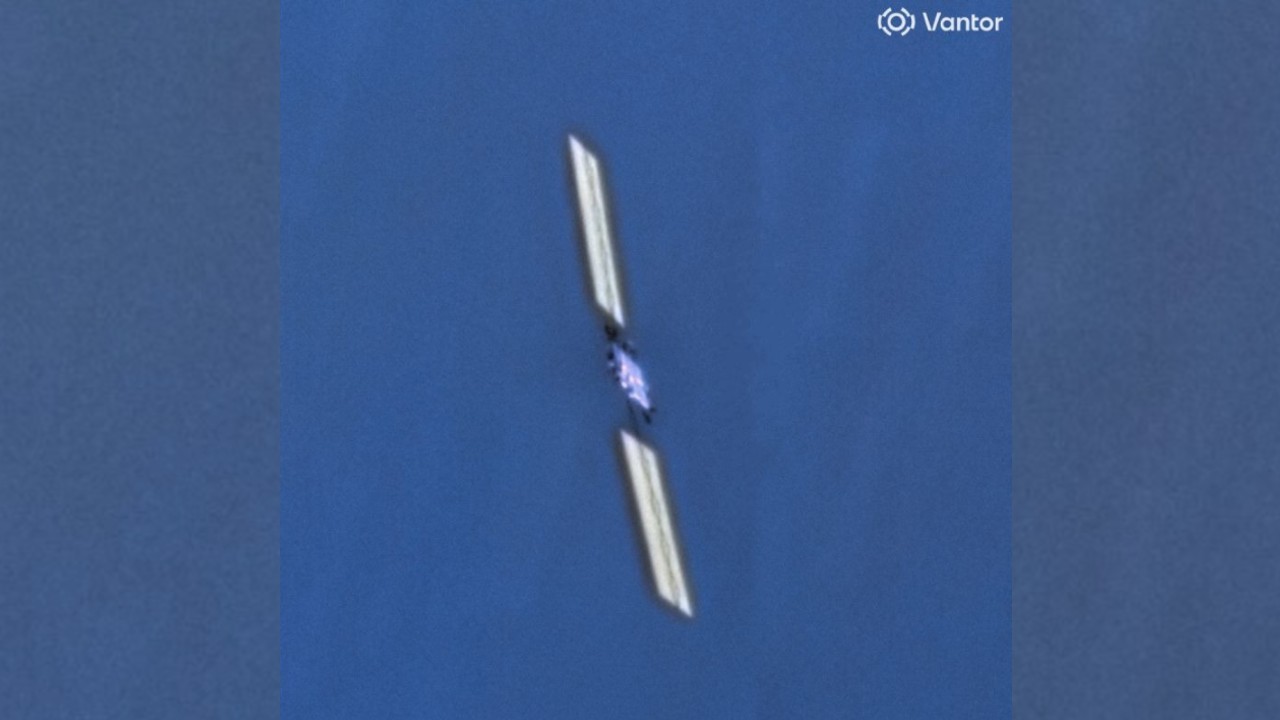The Great Solar Eclipse of 2017 Has Begun! Here's the First Video
The Great American Solar Eclipse is officially underway!
The moon's shadow began darkening the Hawaiian Islands in a partial eclipse at 11:50 a.m. EDT (1550 GMT, 5:50 a.m. local Hawaii time) today (Aug. 21), and then arrived on the northern California coast 10 minutes later. Visit Space.com for complete coverage of the solar eclipse today.
You can see the first phases of this unfolding sky show in the breathtaking video above, which was captured from Salem, Oregon. [Where to See the 2017 Total Solar Eclipse, State by State]
These partial-eclipse milestones are preludes to the main event: The first total solar eclipse visible from the contiguous United States since 1979. The Oregon coast near the city of Newport will be the first piece of American mainland to witness the total eclipse, at 1:15 p.m. EDT (1715 GMT, 10:15 a.m. local time). The total eclipse will then sweep southeast across the entire continent, along a 70-mile-wide (113 kilometers) "path of totality."
A total solar eclipse hasn't crossed the country like this since 1918.
The totality path plunges into the Atlantic Ocean near the South Carolina city of McClellanville; observers in this area will get the mainland's last look at the total eclipse, at 2:49 p.m. EDT (1849 GMT).
Totality is fleeting all along the path, maxing out at about 2 minutes and 40 seconds near Carbondale, in southern Illinois.
Breaking space news, the latest updates on rocket launches, skywatching events and more!
If you didn't make the journey to the path of totality today, don't fret: The rest of North America gets to see a partial solar eclipse, which is a pretty nice sight in itself. Observers in Central America, the Caribbean, northern South America, and slices of western Africa and Europe can see the moon blot out part of the sun's face as well, weather permitting. (The closer you are to the path of totality, the more of the sun's face will be blocked by the moon from your perspective.)
The partial eclipse will still be visible from dry land long after the total eclipse has gone out to sea. Viewers in extreme southern Florida will see the sun partly obscured until about 4:20 p.m. EDT (2020 GMT), and the last looks at the event worldwide will come near Belém, Brazil, about 40 minutes after that.
Reminder: The only time you can ever look directly at the sun with no eye protection is during the brief period of totality. At all other times, including during the partial eclipse, you must wear eclipse glasses or use a special solar viewer. (Or, you can view the eclipse indirectly, using a pinhole camera.) You can seriously and permanently damage your vision if you're not careful.
Follow Mike Wall on Twitter @michaeldwall and Google+. Follow us @Spacedotcom, Facebook or Google+. Originally published on Space.com.

Michael Wall is a Senior Space Writer with Space.com and joined the team in 2010. He primarily covers exoplanets, spaceflight and military space, but has been known to dabble in the space art beat. His book about the search for alien life, "Out There," was published on Nov. 13, 2018. Before becoming a science writer, Michael worked as a herpetologist and wildlife biologist. He has a Ph.D. in evolutionary biology from the University of Sydney, Australia, a bachelor's degree from the University of Arizona, and a graduate certificate in science writing from the University of California, Santa Cruz. To find out what his latest project is, you can follow Michael on Twitter.
